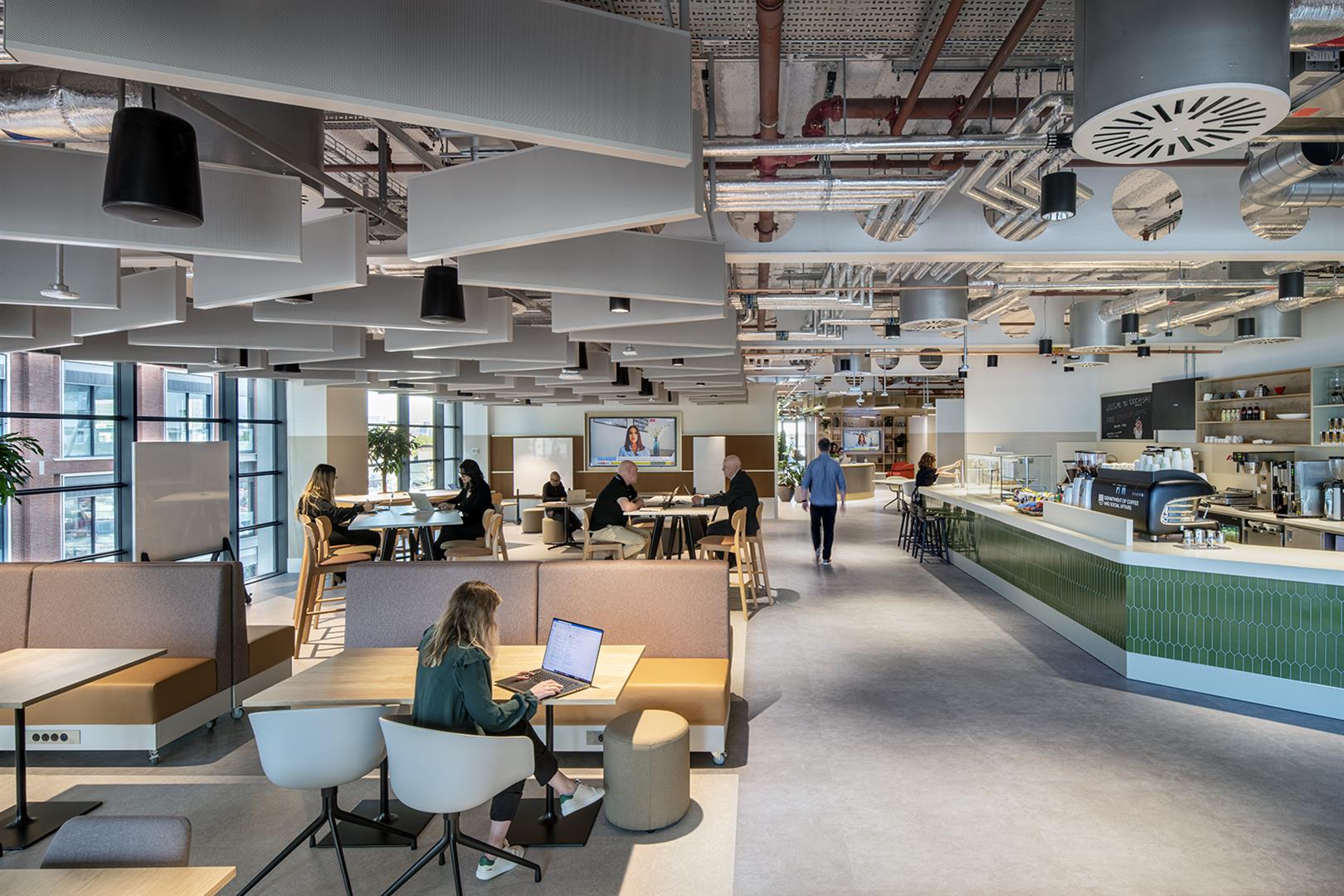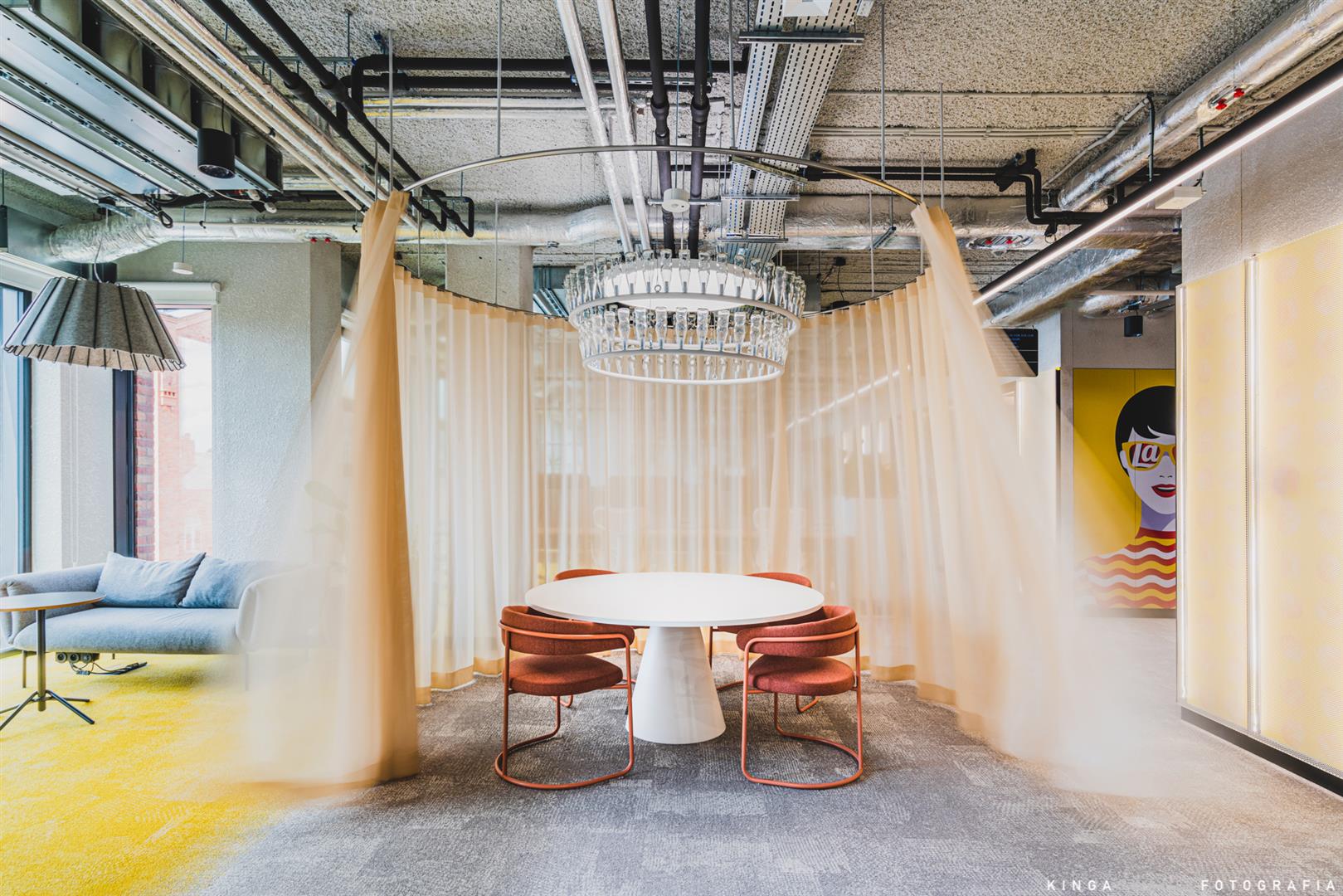When office standards fall short
Walking into an office that feels subpar compared to other company locations can instantly impact both employee satisfaction and business relationships. Whether it’s outdated technology, less intuitive workspace design, or inferior amenities, these inconsistencies quietly undermine employee experiences and can affect talent retention and recruitment efforts.
“The fundamentals matter most in workplace design. Every employee deserves an equitable workplace experience – from ergonomic seating and height-adjustable desks to consistent technology setups and intuitive meeting environments. These core elements form the foundation of productive, people-centered design,” explains Georgina
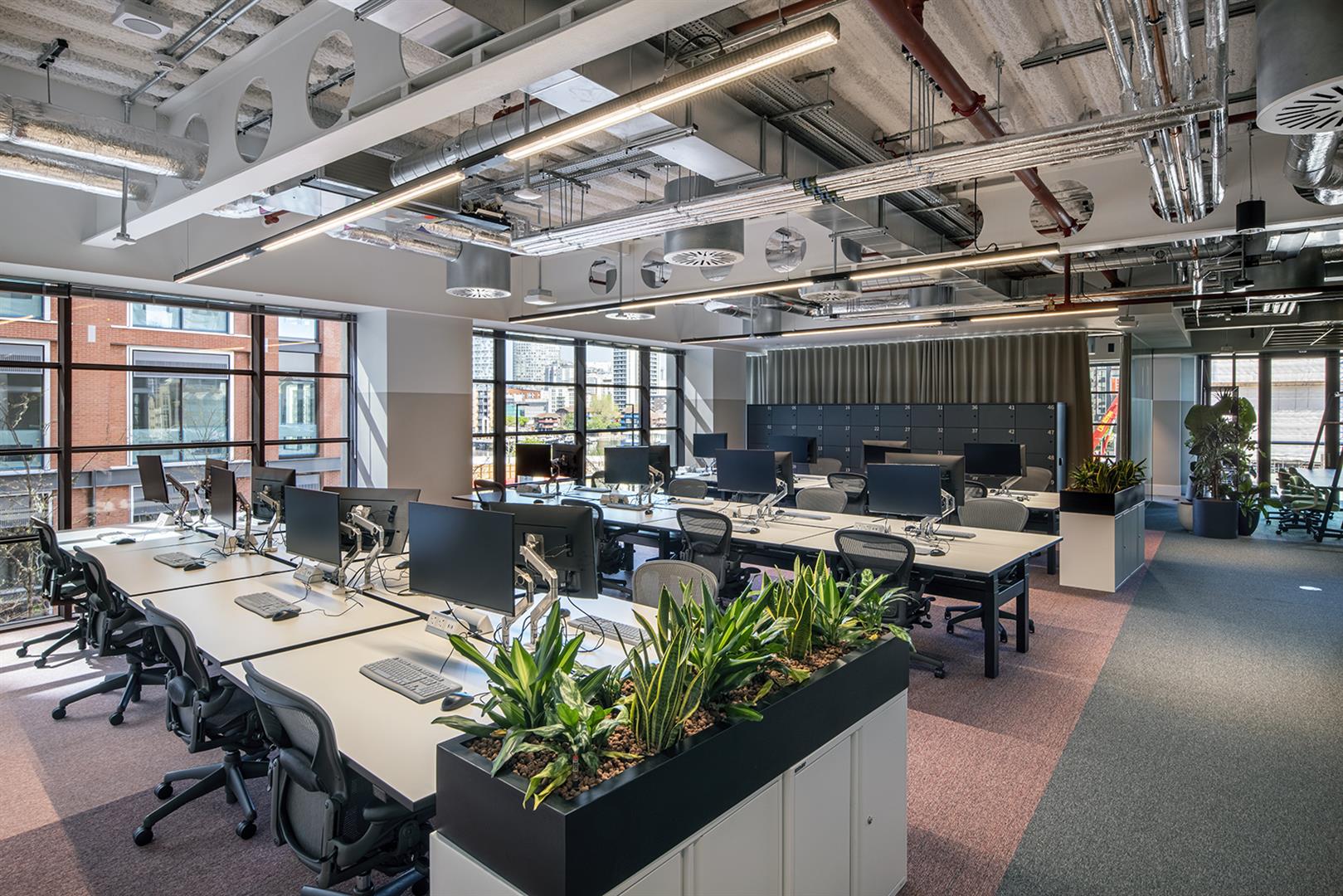
For companies managing spaces across different cities or countries, the goal is clear: ensure every employee enjoys the same quality experience regardless of location, without creating a sterile, franchise-like environment that lacks personality and local connection.
Three core principles for workplace strategy
Successful multi-location workplace strategies rest on three fundamental principles: standardise where it matters, design for your people, and celebrate local identity.

JLL’s approach to their UK portfolio follow this philosophy. “We’re not looking to replicate the same office everywhere,” explains Amina Akhtar, UK Design Director at Tétris. “Each workplace has its own personality while sharing common features – think of them as siblings in the same design family, each with distinct characteristics but naturally connected.”
Building the foundation
The foundation of consistency begins with defining a ‘base level’ experience that every office should meet. This includes standardising essential elements like desk sizes, screen specifications, chair quality, and meeting room technology.
“Whether you walk into a meeting room in Manchester or London, you’ve got the same equipment so you can quickly join a meeting, without having to relearn the tech,” notes Pater-Bell.
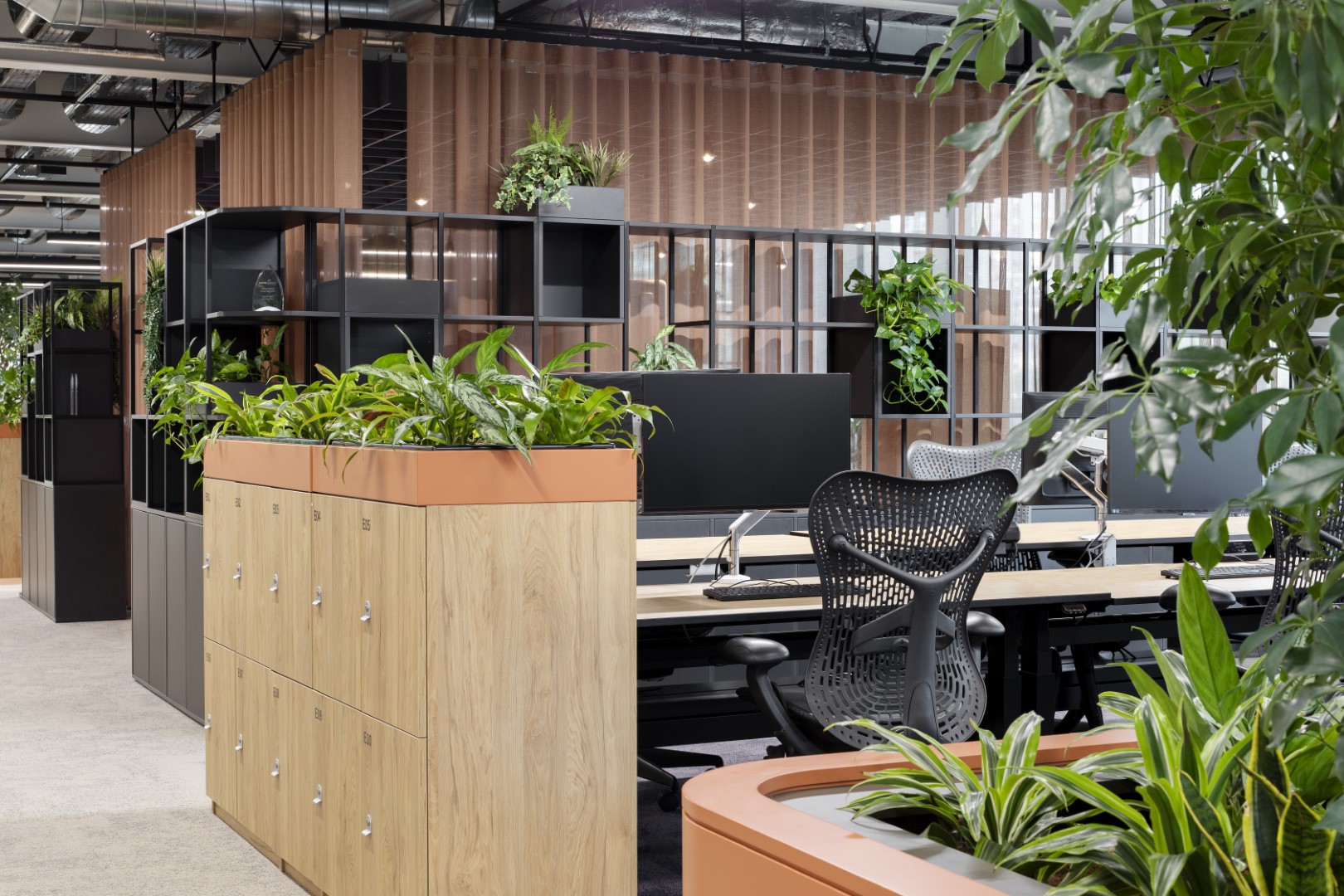
This consistency extends beyond technology to daily amenities. Basics like fruit, water, coffee, and tea should be available in every location. While these might seem minor, they form the foundation of employee experience.
Embedding inclusive features

Beyond basic amenities, successful workplace strategies incorporate inclusive design elements that address diverse employee needs. These aren’t optional extras but essential components that should be embedded into every project.
Multi-faith spaces go beyond traditional prayer rooms, creating areas for intersectionality, spirituality, and quiet reflection regardless of religious beliefs. Parenting rooms support not just mothers but anyone managing family responsibilities who needs a quiet, restorative space. Additional wellness initiatives, such as comfort cabinets to support menopause, demonstrate how companies can respond to employee feedback and evolving needs.
Overcoming space limitations
Reality requires flexibility in implementation. A 50,000 square foot office will naturally accommodate more amenities than a 5,000 square foot space. Smaller offices might share certain facilities – for instance, JLL’s offices under 15,000 square feet share first aid and parenting spaces, while larger offices have dedicated facilities.
Success requires clear prioritisation of “must-haves, should-haves, and could-haves” when planning each location.
Adding local flavour
While maintaining baseline consistency, the most successful offices incorporate materials and finishes that reflect local context and culture. JLL’s Birmingham office features a colour scheme echoing the city’s red brick and terracotta architecture, with design elements celebrating the Library of Birmingham across the street. In Leeds, the palette references Yorkshire’s seasonal landscape with archways inspired by the city’s historic Corn Exchange.
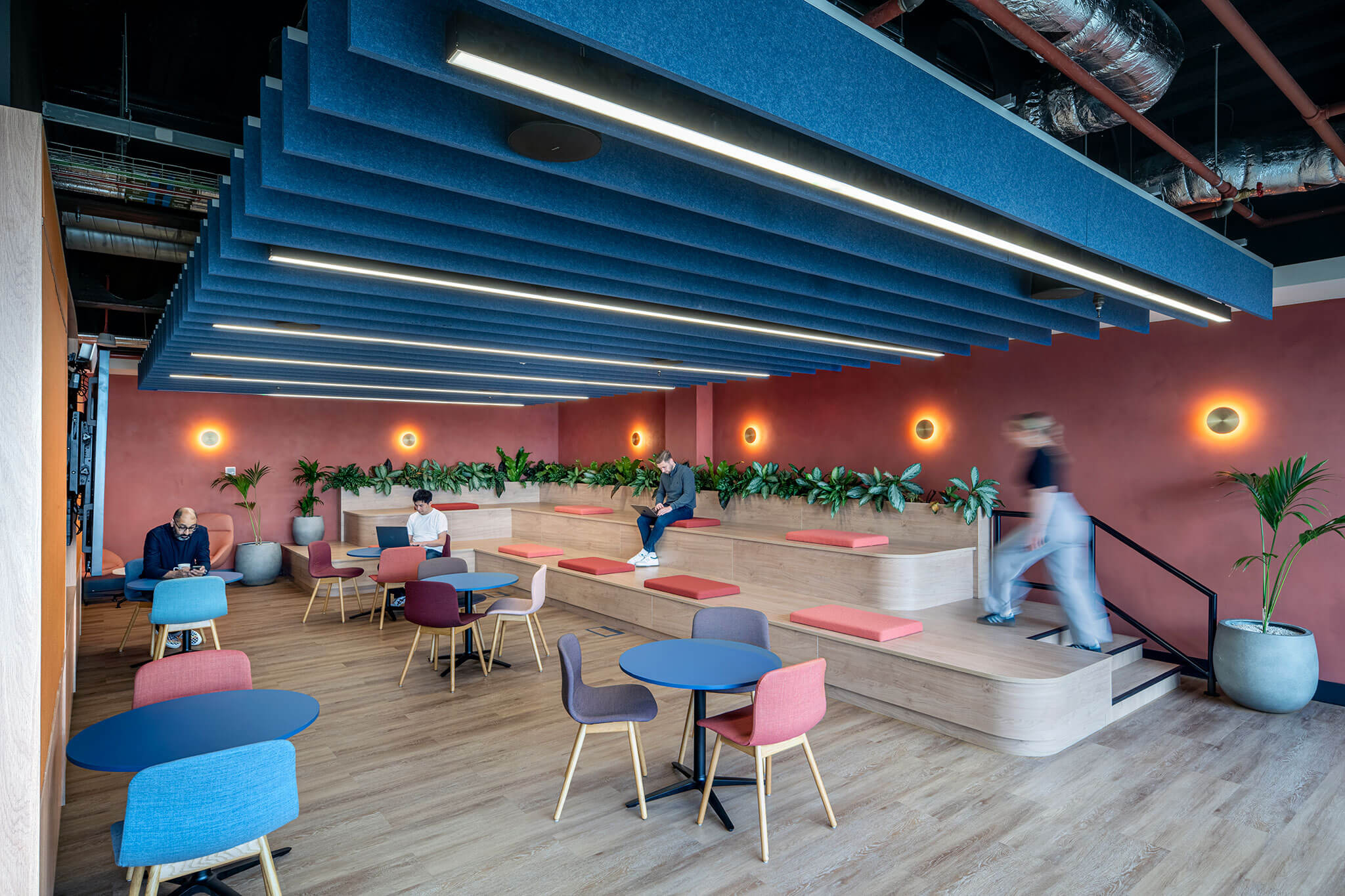
“The Birmingham look and feel is very different from Water Street, which differs from Manchester,” notes Pater-Bell. “In terms of aesthetics, we’ve deliberately gone down different routes for different offices. There’s a shared DNA across sites but each has its own identity”.
Planning with purpose
The key to success lies in outcomes-first thinking. While delivering completely equitable experiences may not always be possible across buildings of different sizes, ages, and specifications, organisations can establish consistent baseline quality and inclusive design without sacrificing local character. The result is a portfolio of spaces that feel authentically connected while celebrating the unique spirit of each location.

How can we help you elevate your workplace strategy?
